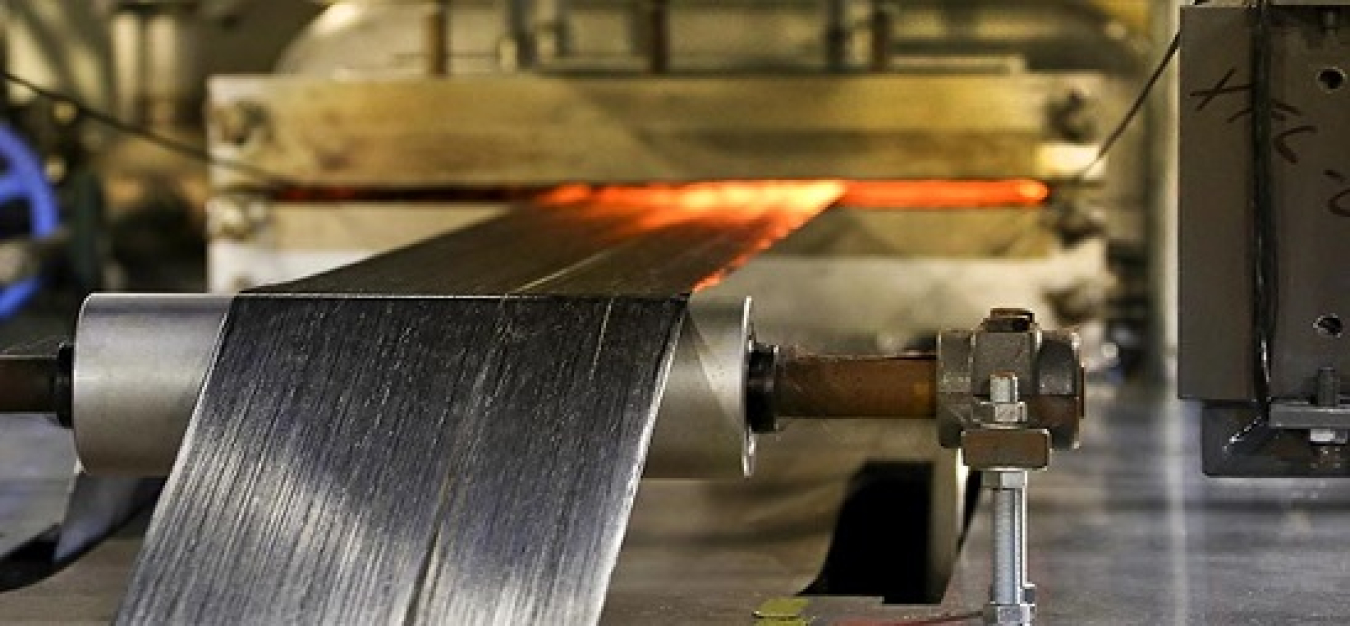
Advanced materials are essential for boosting the fuel economy of modern automobiles while maintaining safety and performance. A 10% reduction in vehicle weight can result in a 6%-8% fuel economy improvement, since it takes less energy to accelerate a lighter object than a heavier one. Using lightweight components and high-efficiency engines enabled by advanced materials in one quarter of the U.S. fleet could save more than 5 billion gallons of fuel annually by 2030.
While any vehicle can use lightweight materials, they are especially important for hybrid electric, plug-in hybrid electric, and electric vehicles. Using lightweight materials in these vehicles can offset the weight of power systems such as batteries and electric motors, improving the efficiency and increasing their all-electric range. Alternatively, the use of lightweight materials could allow for the use of a smaller and lower cost battery while keeping the all-electric range of plug-in vehicles constant.
Research and development into lightweight materials is essential for lowering their cost, increasing their ability to be recycled, enabling their integration into vehicles, and maximizing their fuel economy benefits.
The Vehicle Technologies Office (VTO) works to improve materials in four ways:
- Increasing understanding of the materials themselves through modeling and computational materials science
- Improving their properties (such as strength, stiffness, and ductility)
- Improving their manufacturing (material cost, production rate, or yield)
- Developing alloys of advanced materials
In the short term, replacing heavy steel components with materials such as high-strength steel, aluminum, or glass fiber-reinforced polymer composites can decrease component weight by 10-60%. Scientists already understand the properties of these materials and the associated manufacturing processes. Researchers are working to lower their cost and improve the processes for joining, modeling, and recycling these materials.
In the longer term, advanced materials such as magnesium and carbon fiber reinforced composites could reduce the weight of some components by 50-75%. VTO is working to increase our knowledge of these materials' chemical and physical properties and reduce their cost.
RESEARCH TOOLS
Further developing advanced materials requires increasing our understanding of their composition and morphology. Computational materials science should bring advanced materials like magnesium into the market much faster than materials in the past. Researchers can also use computational approaches to create vehicle designs that maximize these materials' potential.
PBS's Motorweek highlights the research and development on lightweight materials supported by the Vehicle Technologies Office at Oak Ridge National Laboratory. Read the text version.
To improve these tools, VTO works with the Lightweight Materials National Laboratory Consortium, or LightMAT, a network of 10 national laboratories with technical capabilities highly relevant to lightweight materials development and utilization. LightMAT provides straightforward access to resources and capabilities in this network via a single point of contact and works to match industry research teams with expertise and equipment found only at national laboratories.
The Materials subprogram hosted a Lightweight and Propulsion Materials workshop in March 2011 in Dearborn, Michigan to understand industry's needs and technology gaps. These reports serve as a benchmark of current state-of-the-art technologies as well as technical goals in these areas: Light-Duty Vehicles Technical Requirements and Gaps for Lightweight and Propulsion Materials and Trucks and Heavy-Duty Vehicles Technical Requirements and Gaps for Lightweight and Propulsion Materials.
In 2020, VTO published a Program Record titled Vehicle Lightweighting Program Progress Status - 2019. The Materials Technology research portfolio seeks to enable and demonstrate a 25% weight reduction of the vehicle glider, as compared to a 2015 baseline. This document provides a summary of progress in achieving the 2025 target.

Materials Reports & Publications

Funding Opportunities

Newsletters

